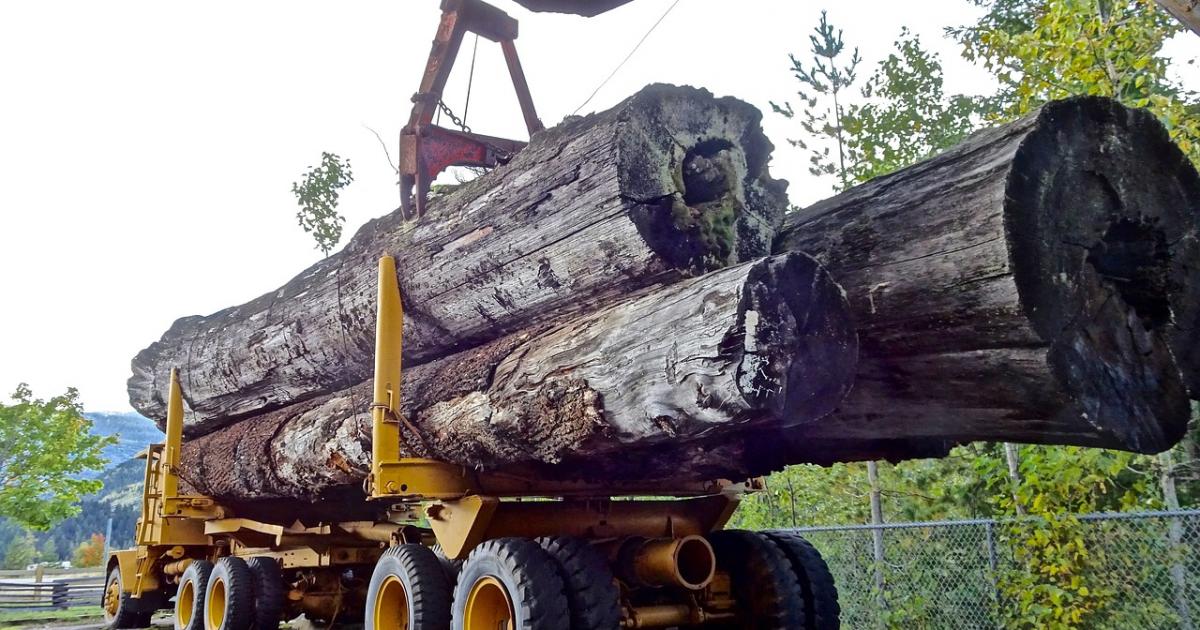Lumber futures for May delivery reached $1,212.70 per thousand board feet yesterday, setting a new record.
Housing industry leaders are warning that these higher prices, coupled with a growing shortage of lumber for construction, will further drive up the price of real estate.
Lumber Prices Drive Up Homebuilding Costs: Lumber prices have been mostly on the rise for the last year, skyrocketing by 88.5% between April and September 2020 and then rising another 42.6% after coming out of a two-month decline that ended in November 2020.
As lumber prices increase, the workforce within the lumber industry has declined: The U.S. Bureau of Labor Statistics found the employment levels in the nation’s sawmills and wood preservation sector is down 30% from two decades ago.
As a result of less available lumber selling for significantly higher prices, the National Association of Home Builders has warned the cost of building the average-sized home has become $24,000 more expensive over the last year while the cost of the average new multifamily unit increased by $9,000 over the same period.
“The supply chain for residential construction is tight, particularly regarding the cost and availability of lumber, appliances, and other building materials,” said NAHB Chairman Chuck Fowke, a custom homebuilder from Tampa, Florida.
“Though builders are seeking to keep home prices affordable in a market in need of more inventory, policymakers must find ways to increase the supply of building materials as the economy runs hot in 2021.”
Trade Groups Say Lumber A Constraint: Last month, the NAHB joined a coalition of real estate and construction trade organizations urging Commerce Secretary Gina Raimondo to prioritize finding a solution to increase lumber production while driving down costs.
“The potential for housing and construction to grow and lead the economy is limited as long as lumber remains expensive and scarce, and the ramifications for job growth are significant,” the trade groups wrote.
“Housing and construction can do their parts to create jobs, boost the economy to its pre-pandemic strength, and provide safe and affordable housing for all Americans, but in order to do so the federal government needs to address skyrocketing lumber prices and chronic shortages. We urge you to undertake a thorough examination of the lumber supply chain and seek remedies that will increase production.”
See Also: Elon Musk Complains Of Housing Shortage In Austin
What’s Next For Lumber Market: For now, there is no evidence that lumber prices will be on the decline in the immediate future.
The lumber shortage is already having an acute impact on the housing market. Data from the Census Bureau and the Department of Housing and Urban Development found single-family housing starts in February were at a rate of slightly over 1 million in February, down 8.5% from January, while authorizations for single-family building permits were at a 1.14 million rate, down 10%.
With fewer new homes being built and historic lows in the existing housing inventory, according to the brokerage Redfin (NASDAQ: RDFN), the number of homes for sale in March fell to a record low – home prices are soaring, with the national median home-sale reaching $353,000 last month.
See Also: Why Are So Many Americans Predicting A Housing Market Crash?
Photo by Siggy Nowak/Pixabay.
(C) 2021 Benzinga.com. Benzinga does not provide investment advice. All rights reserved.





